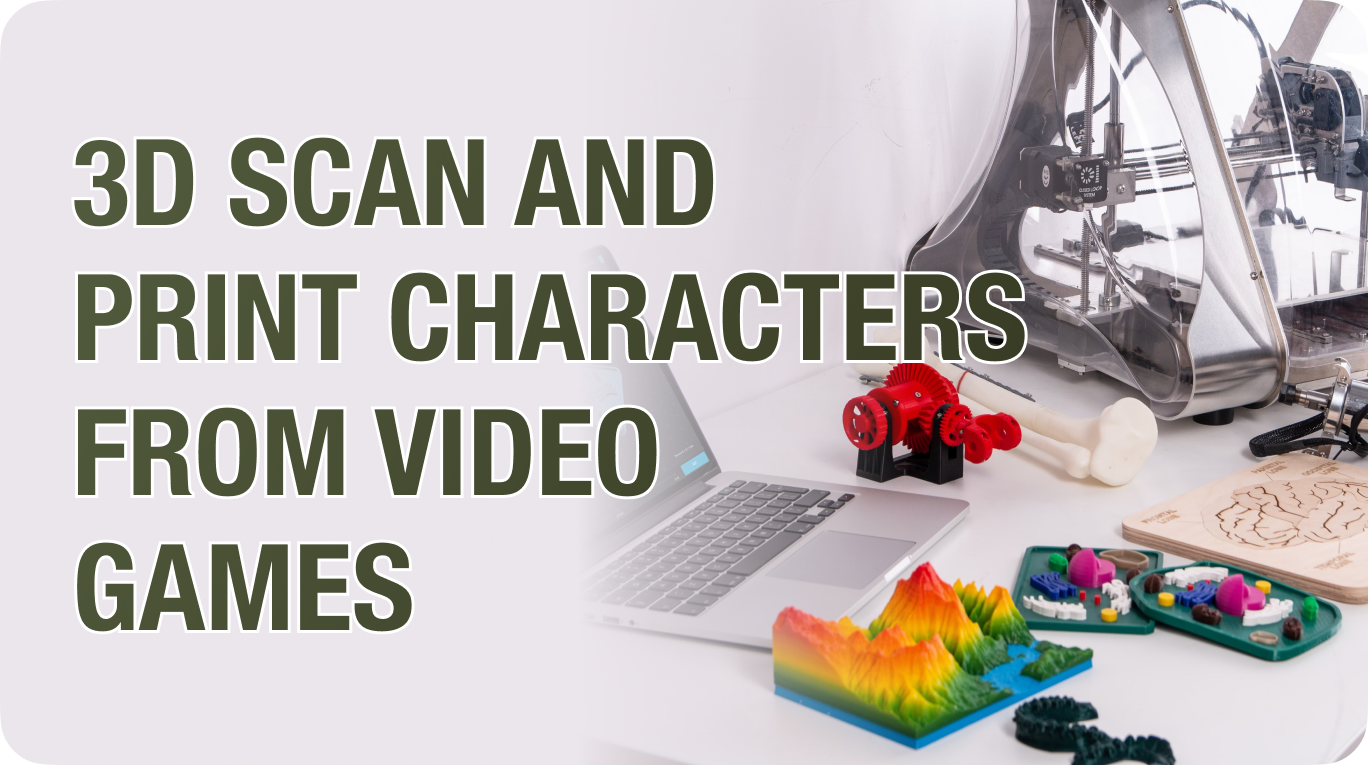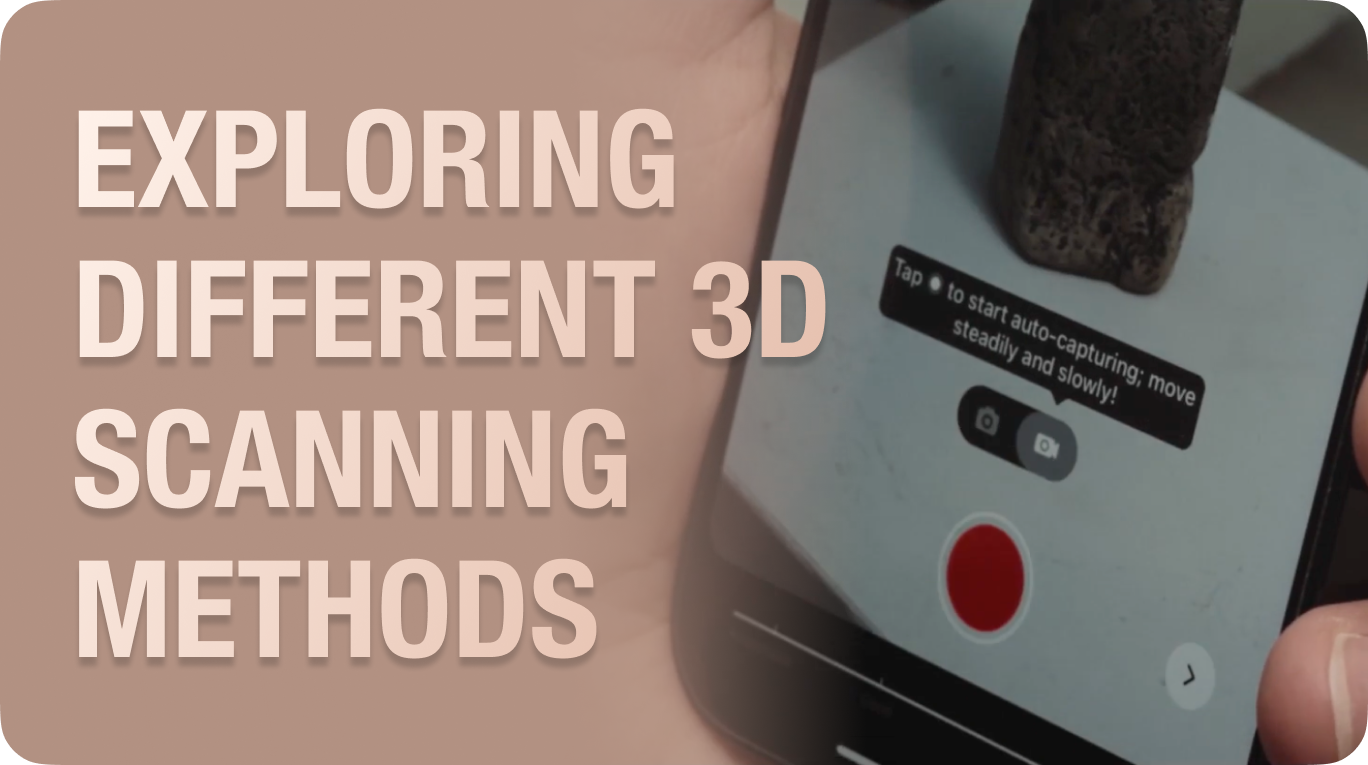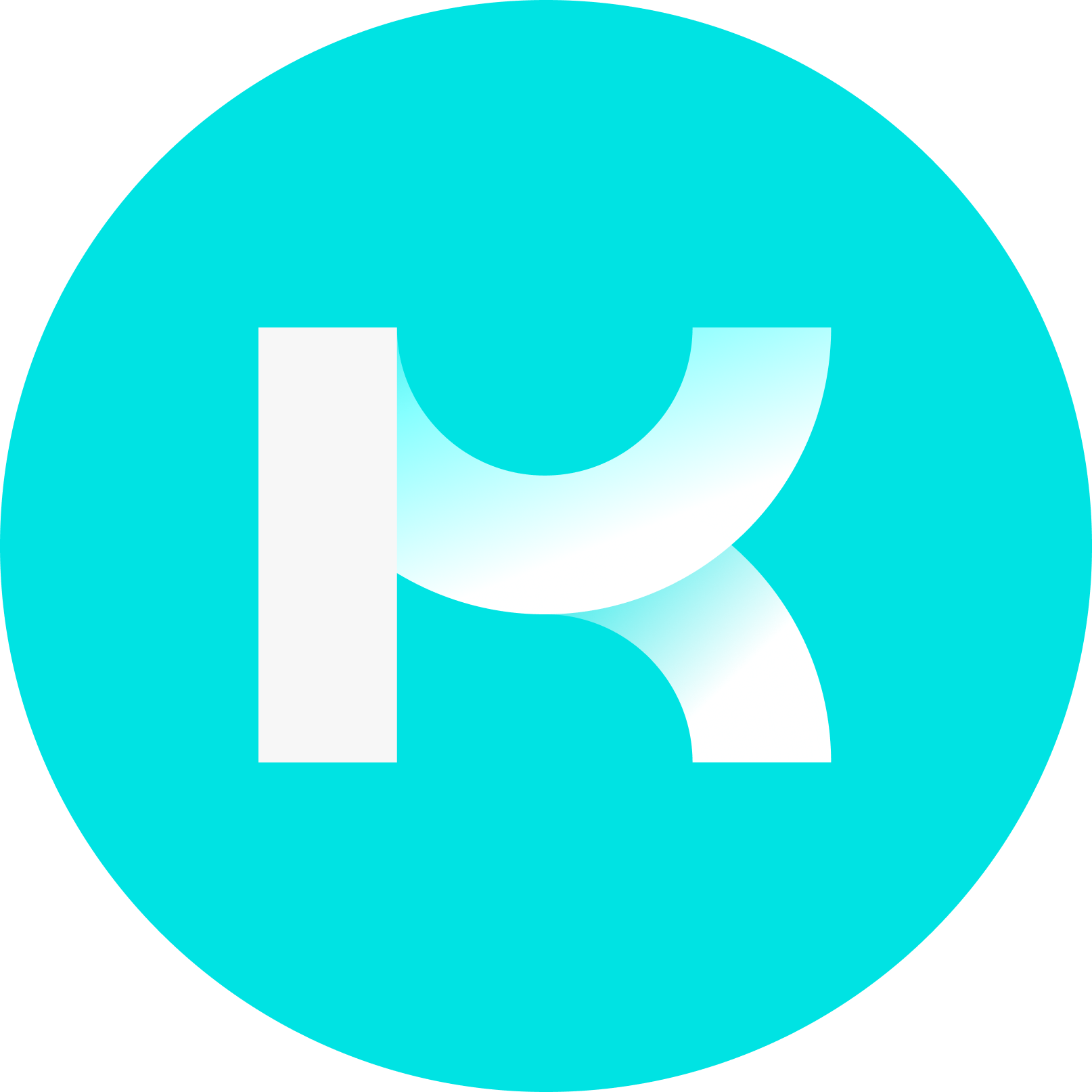3D Gaussian Splatting
Cutting-edge 3D scanning technology that allows for full restorations of scenes with real time rendering and unprecedented accuracy.
What is 3D Gaussian Splatting?
3D Gaussian Splatting (3DGS) is a cutting-edge feature of the KIRI Engine that uses machine learning to produce photorealistic 3D visualizations directly from a short video. This method skips traditional mesh and texture generation, directly creating dense point clouds that are visualized based on different viewpoints from the footage.
Machine Learning in 3DGS
3DGS leverages machine learning algorithms to transform point clouds into visual representations. Each point in the cloud is represented as a Gaussian, with colors determined by surrounding areas and respective viewing angles. This approach allows the creation of detailed 3D scenes without the need for mesh surfaces and textures, making it more suitable for objects that have fewer feature points and accurately preserving entire scenes.
.D21-_EE2.png) 3D Gaussian Splatting Visualization
3D Gaussian Splatting Visualization
What is 3D Gaussian Splatting Best Used For?
3D Gaussian Splatting will not replace traditional 3D modeling in the foreseeable future, but it can drastically overcome the limitations of photogrammetry. 3DGS eliminates the need for mesh and texture generation, simplifying the 3D creation process, making it perfectly suited for capturing entire scenes for visualization or preserving memory.
3D Gaussian Splatting vs. Photogrammetry
| 3D Gaussian Splatting (3DGS) | Photogrammetry | |
|---|---|---|
| Method | Uses machine learning to create 3D visualizations from dense point clouds generated from videos. | Creates 3D models by analyzing multiple photos taken from different angles, then identifying common feature points. |
| Requirements | Less dependent on detailed surfaces and lighting conditions, making it more suitable for spatial captures. | Requires good lighting and detailed surfaces with abundant feature points for optimal results. |
| Output | Produces highly realistic 3D visualizations with real-time rendering capabilities. | texGenerates detailed textures and meshes. Often used for asset integration into 3D editor apps.t |
| Advantages | Handles reflective and featureless surfaces better. | Excels at producing meshes with detailed textures and colors. |
.CM-WhOTJ.png) Mesh vs. 3D Gaussian Splat 'Surfaces'
Mesh vs. 3D Gaussian Splat 'Surfaces'
How to Use 3D Gaussian Splatting?
Preparing the Object for Scanning
Ensure the object and scene is well-lit and free from obstructions. Proper lighting helps capture clear and consistent videos.
Capturing Videos
Record a short video orbiting around the object to capture it from multiple angles. Ensure the video is smooth and covers all perspectives for best results.
Processing
Upload the video to the KIRI Engine app. The machine learning algorithm will process the footage, transforming it into a dense point cloud and then into a 3D Gaussian Splat.
Editing the Point Cloud
The generated result will include both the scanned object and the surrounding background captured during the video. Users can delete unnecessary points to retain only the desired parts of the scan.
Exporting
After editing, users can choose to export the file in both splats in .ply format and mesh in .obj format (Users would need to select 'Include Mesh' during upload for the .obj file to be available for download). Users can select the preferred format and download the file for use in other 3D software.
.CMymozry.png) 3D Gaussian Splats Created with KIRI Engine
3D Gaussian Splats Created with KIRI Engine
3D Gaussian Splatting by KIRI Engine represents a significant advancement in 3D visualization technology. By leveraging machine learning, this method provides a faster, more accurate, and more accessible way to create photorealistic 3D visuals. Whether for game development, film production, or other creative applications, 3DGS opens new possibilities for 3D content creation.
 Workflow
Workflow3D Scan and Print Characters from Video Games
 Jack Wang · Aug 3, 2022
Jack Wang · Aug 3, 2022 Community Highlight
Community HighlightUnleash Your 3D Creativity with KIRI Engine: Join the Vibrant Community and Explore Stunning Models!
 Jack Wang · Jul 27, 2023
Jack Wang · Jul 27, 2023 Explained
ExplainedExploring Three Innovative 3D Scanning Methods: Manual Capturing, Auto Capturing, and Video Recording
 KIRI Team · Jul 16, 2023
KIRI Team · Jul 16, 2023